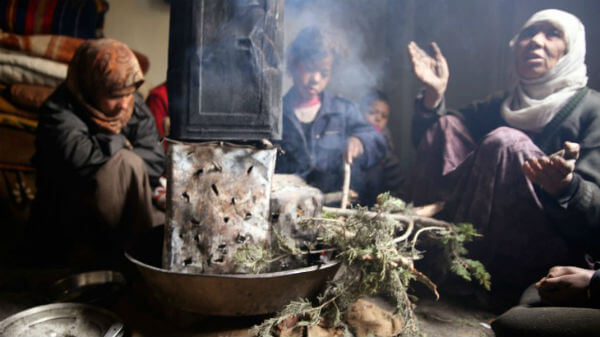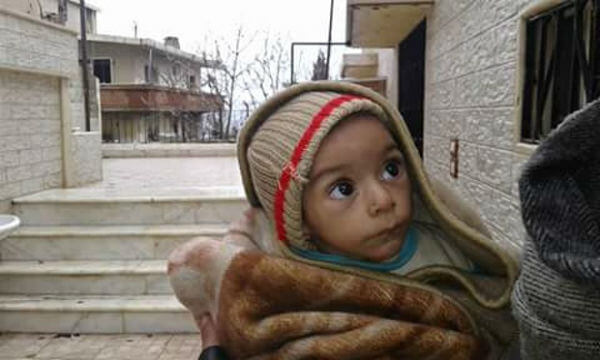The New York Times reports: Mustafa Amine Badreddine, Hezbollah’s top military commander, who was directing its operations in Syria and was accused in a string of deadly attacks stretching across decades, has been killed in Damascus, Hezbollah officials confirmed on Friday.
Mr. Badreddine, 55, had been overseeing Hezbollah’s forces in Syria, which have been decisive in keeping President Bashar al-Assad in power through five years of war with various rebel and militant Islamist groups seeking to topple him.
Mr. Assad is a close ally of Hezbollah’s patron, Iran, which has long provided a conduit to supply Hezbollah with weapons to battle Israel. Now, Hezbollah is the most powerful of several Iran-backed Shiite paramilitary groups that, along with Iranian forces, are playing an ever more prominent role on the battlefield in Syria.
It remained unclear who was behind Mr. Badreddine’s death: Israel, or one of the insurgent groups Hezbollah has been fighting.
Hezbollah, which confirmed the death on Al Manar, its television network, said that Mr. Badreddine died in a “huge blast” near the Damascus airport, in which several of the group’s fighters were wounded. “The investigation will find out the nature of the blast as well as its reasons, and whether it was a result of an airstrike or rocket attack,” it said.
The timing of the attack was not provided. A Beirut-based television network, Al Mayadeen, which is also close to Hezbollah, initially reported that Mr. Badreddine had been killed in an Israeli airstrike, but it later removed that report. [Continue reading…]
The Guardian reports: Born in the southern Beirut suburb of Ghobeiry on 6 April 1961, Badreddine had a pronounced limp, believed to have been sustained while he fought alongside pro-Palestinian and pan-Arabist militias during the Israeli invasion of Lebanon in 1982.
His nom de guerre was Sayyed Zul Fikar: Sayyed indicating a claimed descent from the prophet Muhammad; Zul Fikar being the name of the legendary forked sword of Imam Ali, the prophet’s cousin and one of the most revered figures in Shia Islam.
Badreddine was arrested and sentenced to death in Kuwait in 1983 over his suspected involvement in a string of coordinated bombings in the tiny Gulf emirate that also targeted the US and French embassies. They were believed to be retribution for Kuwait and the west’s support for Iraq in its war with Iran.
The sentence, which had to be formally approved by the emir, was never carried out, perhaps as a consequence of a series of attacks and plane hijackings demanding the release of the Kuwait attackers, and which allegedly involved Mughniyeh. It was also never carried out because when the Iraqi dictator Saddam Hussein invaded Kuwait in August 1990, he threw open the doors of the country’s prisons, allowing Badreddine to escape.
This is where the trail disappears. It only emerges again in 2011, when UN prosecutors investigating a 2005 Beirut bombing that killed Lebanon’s prime minister, Rafik Hariri, indicted Badreddine. They alleged he was the coordinator of a sophisticated network that tracked and ultimately assassinated the popular billionaire. [Continue reading…]


